Art History With or Without Names
0:00
0:00
Sometimes one must search for them.
Sometimes they are missing entirely.
Sometimes they are a real brand.
The world of art is full of names.
Immerse yourself in art histories of big and small, familiar and unfamiliar names.
Art History With or Without Names
The Who’s Who of Art History, Painting from A to Z, Art from Antiquity to the Present — these were or are snappy titles of books, some thick, some thin. Yet it is not only when writing such condensed overviews for an art-interested readership that there is usually recourse to the Big Names. Even among experts, the history of art has been and continues to be told as a history of names.
The beginnings of art history were already closely linked to this theme: in the 16th and 17th centuries, for example, Giorgio Vasari, Karel van Mander, and Joachim von Sandrart, important historians of the fine arts, roll out a large number of names. When art history developed into an academic discipline in the 19th century, connoisseurship, stylistic criticism, and handwriting— that is, identifying the characteristic features of a specific artist — played an important role.
In addition to the more idealistic value attached to the work of this or that artist, there is also the material value: names sell, not only today. The complex interplay between artistic creation and the public, between scholarly debate and market value, runs throughout the history of art: when artworks were in demand, they were bought and found their way into collections, and the artist’s name associated with them became firmly established. When art scholars succeed in attributing a previously anonymous work to a well-known artist, its value multiplies. Marketing is part of the market, and good marketing works through brands — in the world of art, this is frequently artists’ names.
But in this current Kunsthalle presentation can we, do we want to recount art history as a history of names, from Albers to Zeitblom? It would be one of the possible narratives, but also one with many blind spots. That said, beacons do provide orientation: familiar names are fixed points on a complex map and therefore facilitate classification of what is unknown.
The exhibition you are about to walk through presents a selection of works from the Kunsthalle’s collection, among which there are many familiar names. However, it is a selection that is deliberately not based on these names alone. Thus during this tour, which takes a good half hour, you will discover not only the highlights but also the less illuminated areas in between: stories of nameless people and names that have been lost, of disputes over names and searches for names.
-
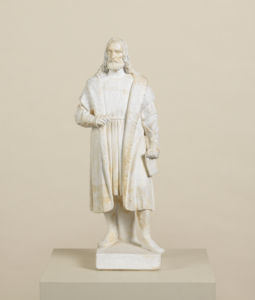 1/9 Ludwig von Schwanthaler
1/9 Ludwig von Schwanthaler -
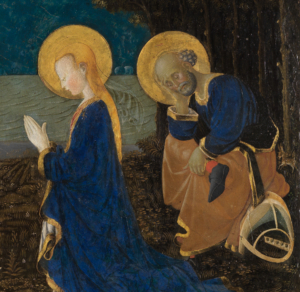 2/9 Adoration of the Christ Child with Saint Jerome, Saint Mary Magdalene, and Saint Eustace
2/9 Adoration of the Christ Child with Saint Jerome, Saint Mary Magdalene, and Saint Eustace -
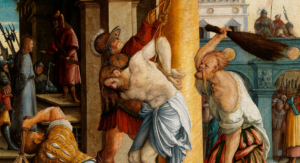 3/9 Flagellation of Christ
3/9 Flagellation of Christ -
 4/9 Still Life with Flowers and Gold Cups of Honour
4/9 Still Life with Flowers and Gold Cups of Honour -
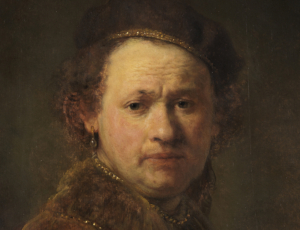 5/9 Self-Portrait
5/9 Self-Portrait -
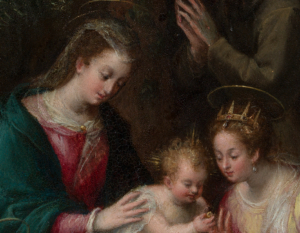 6/9 Mystical wedding Katharina
6/9 Mystical wedding Katharina -
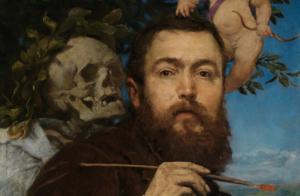 7/9 Self Portrait with Cupid and Death
7/9 Self Portrait with Cupid and Death -
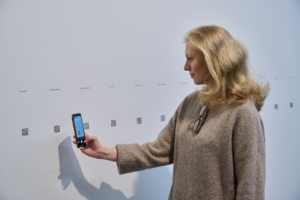 8/9 Showing. An audio tour through Baden-Württemberg for the collection of the Staatliche Kunsthalle Karlsruhe
8/9 Showing. An audio tour through Baden-Württemberg for the collection of the Staatliche Kunsthalle Karlsruhe -
 9/9 End of the tour
9/9 End of the tour